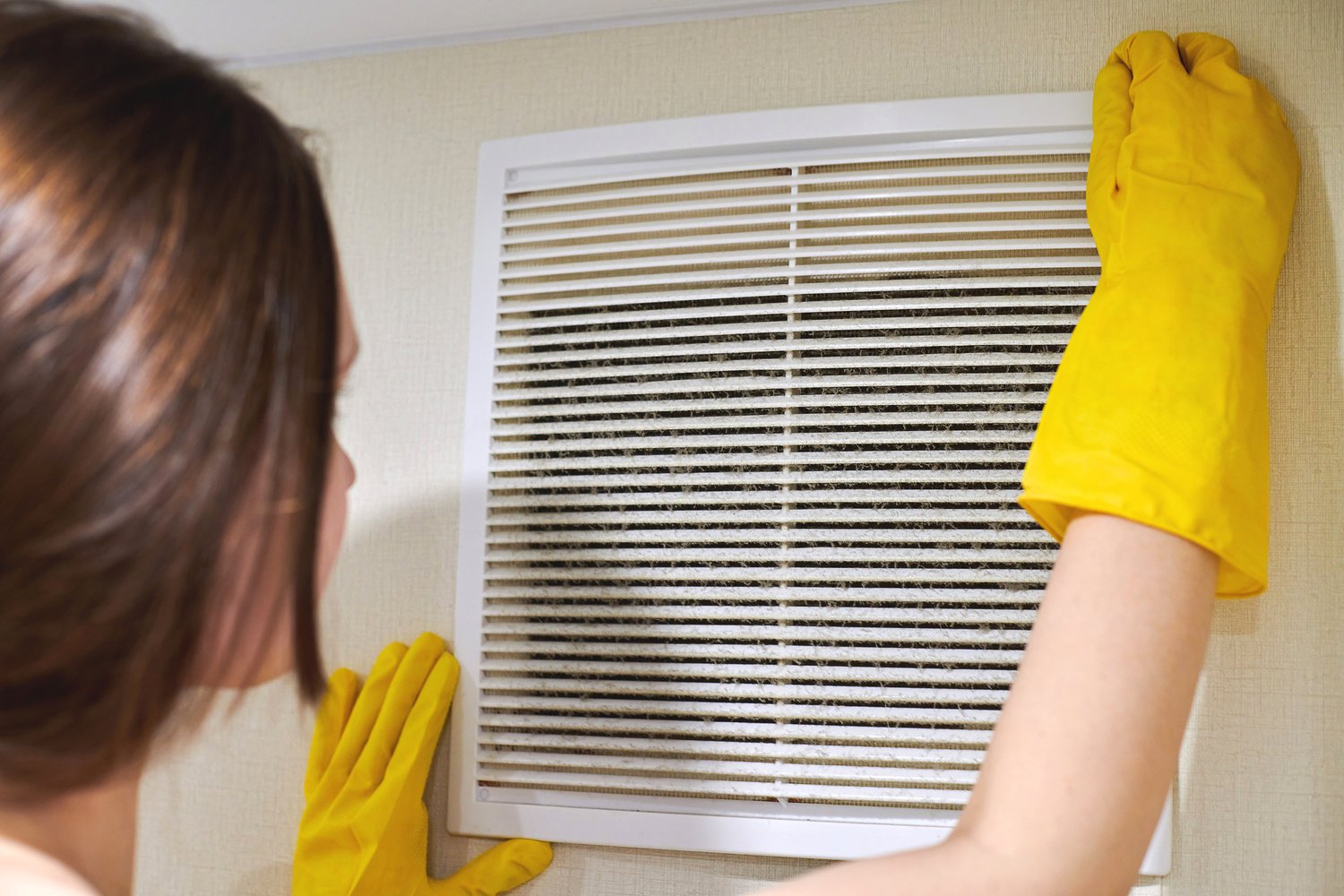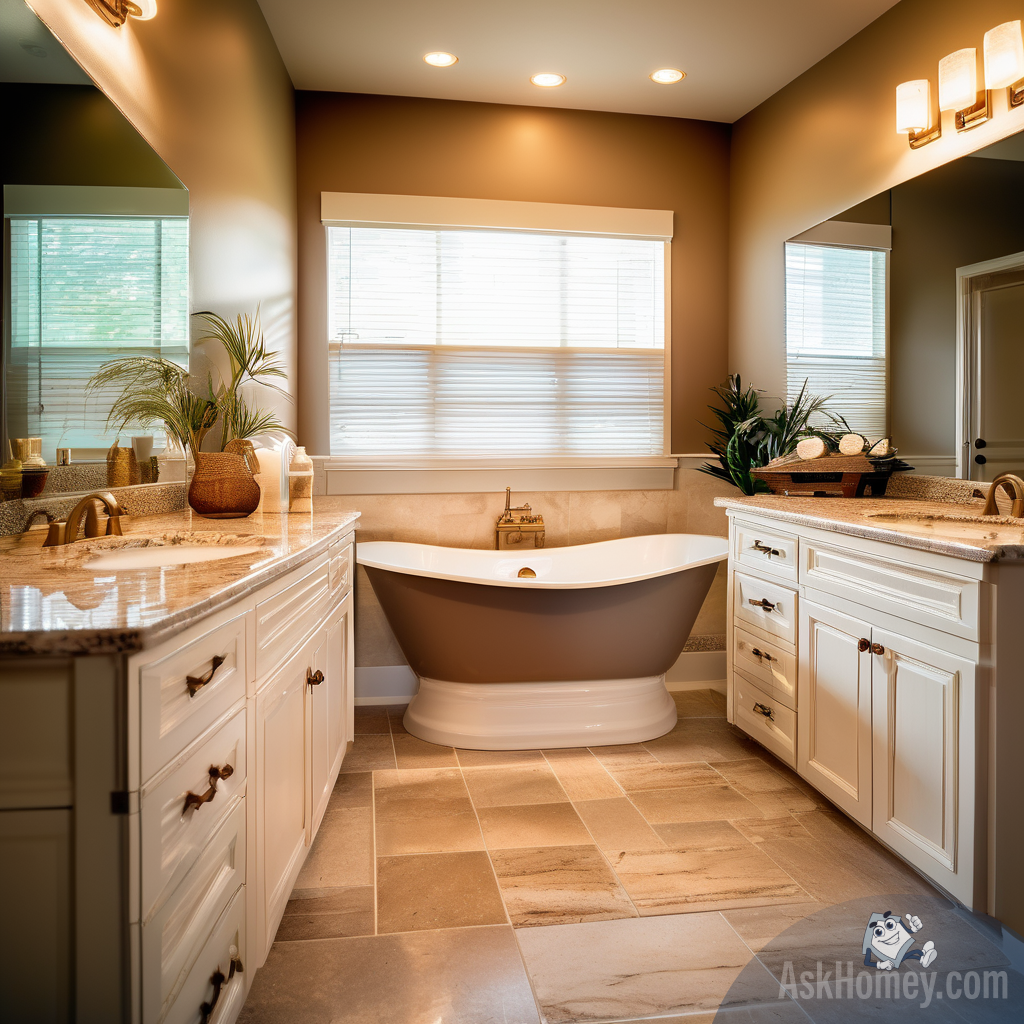Water leaks can wreak havoc on your home, causing structural damage, mold growth, and costly repairs if left undetected. Many homeowners don’t realize they have a plumbing problem until significant damage has already occurred. Learning simple DIY leak detection home techniques can help you identify hidden water leaks before they escalate into major issues. This article will guide you through practical methods to check your plumbing system, recognize early water damage signs, and determine when it’s time to call in professionals.
Why Early Leak Detection Matters
The average household wastes nearly 10,000 gallons of water annually due to leaks, equivalent to the amount needed to wash 300 loads of laundry. Beyond the environmental impact and increased water bills, undetected leaks silently damage your home’s foundation, walls, and flooring. Water can seep into building materials, creating ideal conditions for mold and mildew growth that affect both your home’s structure and your family’s health. Finding hidden water leaks early through regular inspection is one of the most effective plumbing leak prevention tips that can save you thousands in potential repair costs.
How to Check Your Water Meter for Leaks
One of the simplest yet most effective DIY leak detection techniques involves your water meter. To check water meter for leaks, first ensure all water-using appliances and fixtures in your home are turned off completely. Locate your water meter, typically found near the street in a concrete box or near your home’s foundation. Once you’ve found it, record the current reading, then wait at least two hours without using any water. Check the meter again after the waiting period. If the reading has changed despite no water being used, you likely have a leak somewhere in your system. For more precise detection, many modern meters have a small triangle or dial (sometimes called a flow indicator) that rotates when water passes through—even small amounts can cause movement, indicating a possible leak.
Visual Inspection Techniques for Hidden Leaks
Regular visual inspections are crucial for finding hidden water leaks before they cause significant damage. Start by examining exposed pipes under sinks, in basements, and in utility rooms. Look for any moisture, corrosion, or water stains. Pay close attention to pipe joints and connections, as these are common leak points. Inspect ceilings and walls for discoloration, bubbling paint, or warping—these are early water damage signs that shouldn’t be ignored. In bathrooms, check for loose tiles or soft spots on the floor near toilets, showers, and tubs. Don’t forget to examine the area around your water heater for puddles or rust. Even small drips that seem insignificant can indicate developing problems that merit attention.
Kitchen and Bathroom Leak Detection
Kitchens and bathrooms contain the most plumbing fixtures in most homes, making them prime spots for leaks. In kitchens, check under the sink cabinet not just for active moisture but also for water stains, warped wood, or a musty smell that might indicate previous or intermittent leaks. Inspect the water supply lines to your dishwasher and refrigerator ice maker by pulling these appliances carefully away from the wall. In bathrooms, verify that the caulking around sinks, tubs, and showers remains intact, as deteriorated seals allow water to seep into walls and subfloors. Test toilet stability by gently rocking it—any movement suggests the wax ring seal may be compromised. Also place a few drops of food coloring in your toilet tank and wait 30 minutes without flushing; if color appears in the bowl, your toilet flapper is leaking, potentially wasting hundreds of gallons weekly.
Outdoor Leak Checks
Don’t limit your DIY leak detection home efforts to indoor plumbing. Outdoor leaks can be equally destructive and wasteful. Inspect outdoor spigots and hose connections by checking for moisture when they’re turned off. Look for unusually lush or green patches in your lawn, which might indicate underground pipe leaks. Examine your sprinkler system at the beginning of each season, looking for broken heads or pipes. Also watch your driveway and foundation for unusual cracks or settling, which can sometimes indicate water undermining these structures due to leaking pipes. Addressing outdoor leaks promptly prevents foundation damage and preserves your landscaping.
When to Call the Professionals
While DIY leak detection methods can identify many issues, some situations require professional expertise. If you’ve confirmed a leak exists but can’t locate its source, or if you find water damage but no visible leak, it’s time to consult experts. Hidden leaks within walls, under concrete slabs, or in your yard often require specialized equipment like acoustic listening devices, infrared cameras, or pressure testing to pinpoint. AskHomey plumbers have the tools and expertise to detect these challenging leaks and can provide repair options that prevent further damage. Additionally, if you notice a sudden spike in your water bill despite no change in usage patterns, professional leak detection services can help identify the culprit quickly.
Preventive Maintenance to Avoid Future Leaks
The best plumbing leak prevention tips involve regular maintenance. Replace worn washers and gaskets before they fail completely. Consider upgrading to braided stainless steel supply lines for sinks, toilets, and appliances, as these are more durable than rubber or plastic lines. Maintain proper water pressure in your home—excessive pressure strains pipes and connections. Use water softeners in hard water areas to prevent mineral buildup that can corrode pipes from the inside. Also, know the location of your main water shutoff valve so you can quickly stop water flow in emergencies, minimizing damage from sudden leaks or bursts.
For more tips and to connect with reliable home service professionals, follow AskHomey on Facebook and Instagram.



